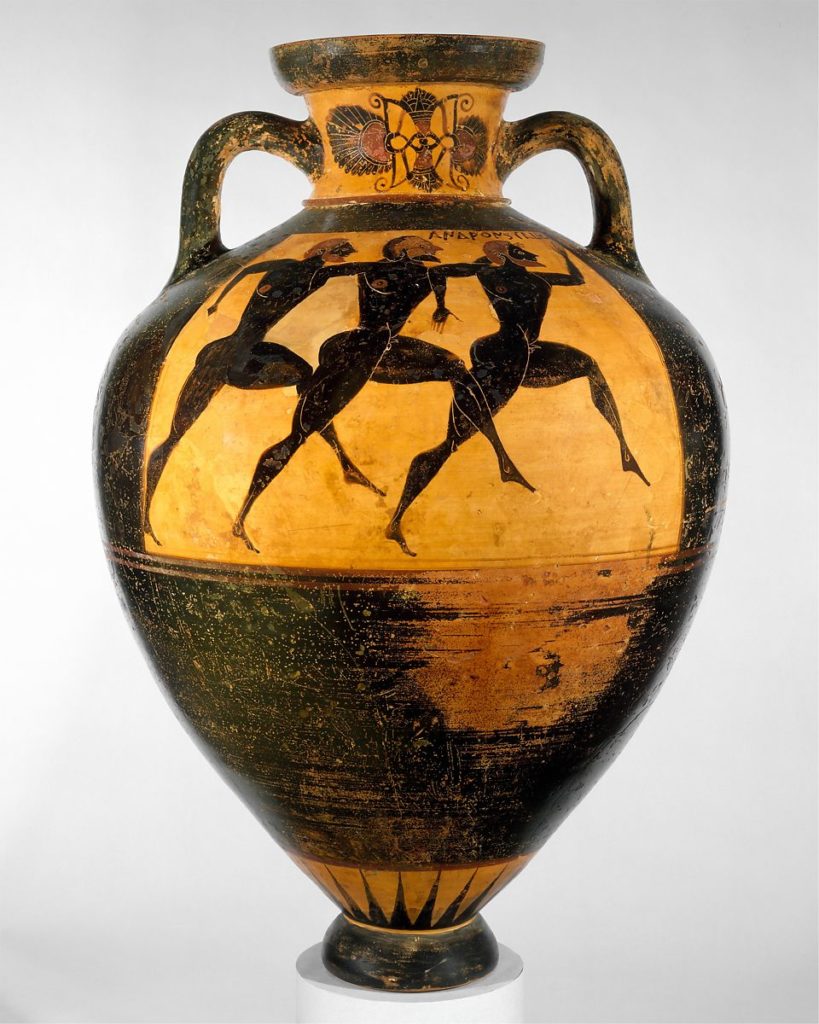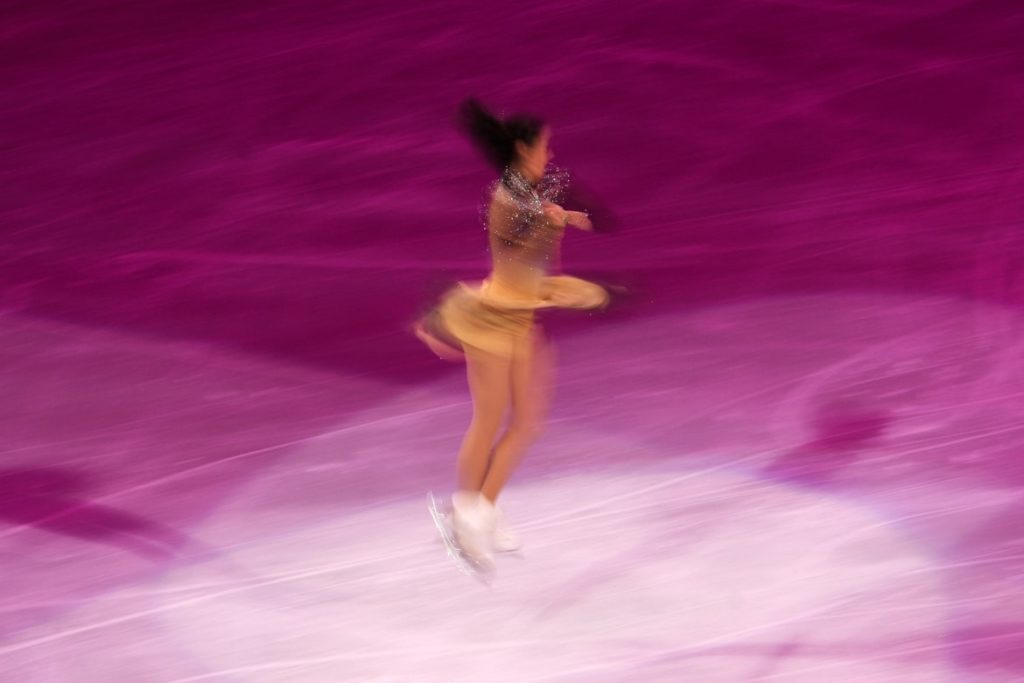It happens every four years, the Winter Olympics. Families gather together around their televisions to watch an event that many would not dream of missing. It’s the Olympics. Summer Games or Winter Games, there is a sport for everyone. So, it’s that time again to get the whole family together. Hey, why not have an Olympic watching party with some friends as well. Why should the Super Bowl be the only sporting event for those extremely fun and festive gatherings? Perhaps you may be wondering though: How did the Olympics start? When did it start? Where did it start?
Ancient Origins to Modern day
The exact time for the origin of organized sporting events is not known. However, it is quite certain that some 3,000 years ago the Greeks held their first sporting events of this type. They actually called them Festivals and had 4 different ones. They were as follows: the Isthmian Games held near Corinth, the Pythian Games held in Delphi, the Nemean Games held in Nemea, and the Olympic Games held in Olympia. The latter was the most popular. These were held every four years. Moreover, they were so important that ancient Greeks used that four-year period, or Olympiad as a measure of time between other events.
These games all started as religious festivals to honor their Gods. For instance, the Olympics was held in honor of Zeus. These games included footraces, chariot races, javelin throwing, and boxing. There was a long jump event, and they even had a discus throw event. The discus was originally a stone but later was made of iron. Interestingly, the first modern-day Olympics was held on April 6, 1896, in Athens Greece. This event had 280 participants from 13 nations. Gymnastics, Swimming, Weightlifting, and Tennis were among the 43 different sports that were included. All of these sports are still a part of the Summer Olympic Games.
Hot Summer Olympics to Cold Winter Olympics
In 1924, the first WInter Olympics was held in Chamonix, France. Figure Skating and Hockey have been two of the main attractions of the Winter Olympics since its beginning. As it so happens, in 1908 Figure Skating was included in the Summer Olympic Games in London, England. As we all know, Figure Skating is predominantly an indoor sport, so it fits nicely in the Summer Olympic Games. However, it was rejected from inclusion in the 1912 games, and there were no Games in 1916, due to WWI. Therefore, it was in 1920 that Figure Skating was again a part of the Summer Olympic Games, held in Antwerp, Belgium. Four years later, it became a permanent part of the newly created Winter Olympic Games.
As a Figure Skater, and now for many years, a Figure Skating Coach, I remember my first true awareness of the Olympics. Pair Skating has always caught my attention as a favorite event to watch. I can still remember coming home from school in 1980, and my mom telling me that Tai Babilonia and Randy Gardner had to withdraw from the competition due to an injury. My heart sank. They were definitely my favorites. So what are the different aspects of Figure Skating that one can see during the Olympics? What about Speed Skating? Not to mention those exciting Hockey games. There is so much to watch. You can find the Figure Skating Schedule by going right HERE.
Olympic Figure Skating Beginnings
Originally, Figure Skating solely consisted of what was later called, “school figures.” When a skater’s blade passes over the ice it leaves marks, or “tracings”. These tracings were performed on circles, forming precise shapes within two or more connecting circles that form “eights”. This was quiet time. It meant staying over one edge of the blade while keeping your upper body as still as possible. In the mid-nineteenth century, a native New Yorker by the name of Jackson Haines revolutionized the sport. As a ballet dancer, he brought fluid movement, music, choreography, leaps, and jumps to the ice. Actually, he is the inventor of the sit spin. His style was not at all appreciated in the United States but was received with great enthusiasm in Europe, especially Vienna which is known for its Waltzes.
As the sport progressed, many skaters have contributed new jumps and spins that were thus named after them. In addition, several disciplines were added. For decades Figure Skating events were as follows: Ladies Singles, Men’s Singles, Pairs, and Ice Dancing. In the 2014 Olympic Games, a new Team event was also added. Coming soon in my next blog, I’ll give a basic understanding of the elements that make up a figure skating program. In the meantime, be sure to take a look at this page. Learn about Rewards Points for watching TV!



